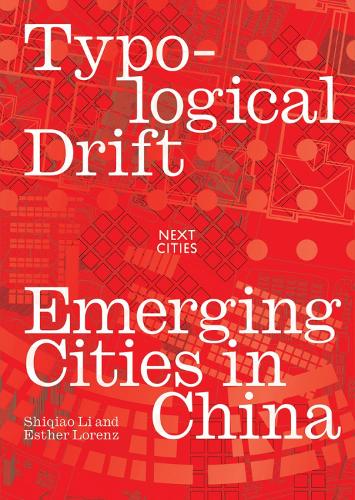
Typological Drift: Emerging Cities in China
(Paperback)
Publishing Details
Typological Drift: Emerging Cities in China
By (Author) Shiqiao Li
By (author) Esther Lorenz
Oro Editions
Oro Editions
29th March 2022
United States
Classifications
General
Non Fiction
History of architecture
307.760951
Physical Properties
Paperback
336
Width 171mm, Height 241mm
754g
Description
Neither derivatives of Western cities nor isolated from them, Chinese cities in the past four decades are perhaps best captured in their characteristic complexity through a concept in biological evolution: drift. Unlike mutation, adaptation, and migration, drift of phenotypes takes place when chance events terminate some features and allow other features to flourish.
The Chinese culture, structurally divergent from the common Indo-European civilizational roots of Western cultures, can be seen to function as a set of 'chance events' in the normative processes of urban change. The consequences of these 'bottlenecks' of urban evolution are both fascinating and instructive: Chinese cities, when studied with this framework, begin to acquire an entirely different order of significance, injecting urban theory and practice with fresh vigor and insights. Through thirteen case studies, more than 60 original maps and drawings, and extensive photographic documentation, the book reveals how three 'drift triggers' ten thousand things, figuration, and group action have altered typological development in Chinese cities in recent decades.
Author Bio
Shiqiao Li is Weedon Professor in Asian Architecture, School of Architecture, University of Virginia, where he teaches history, theory, and design of architecture, and directs PhD in the Constructed Environment Program. He is author of Understanding the Chinese City (2014), Architecture and Modernization (2009, in Chinese) and Power and Virtue, Architecture and Intellectual Change in England 1650-1730 (2006).
Esther Lorenz is a licensed architect and academic, and Associate Professor at the School of Architecture, University of Virginia. Her research explores the connections between architecture and culture, from the study of new urban formations to cultural and spatial practices in relation to built form, to investigations of the intersections between media and architecture.
